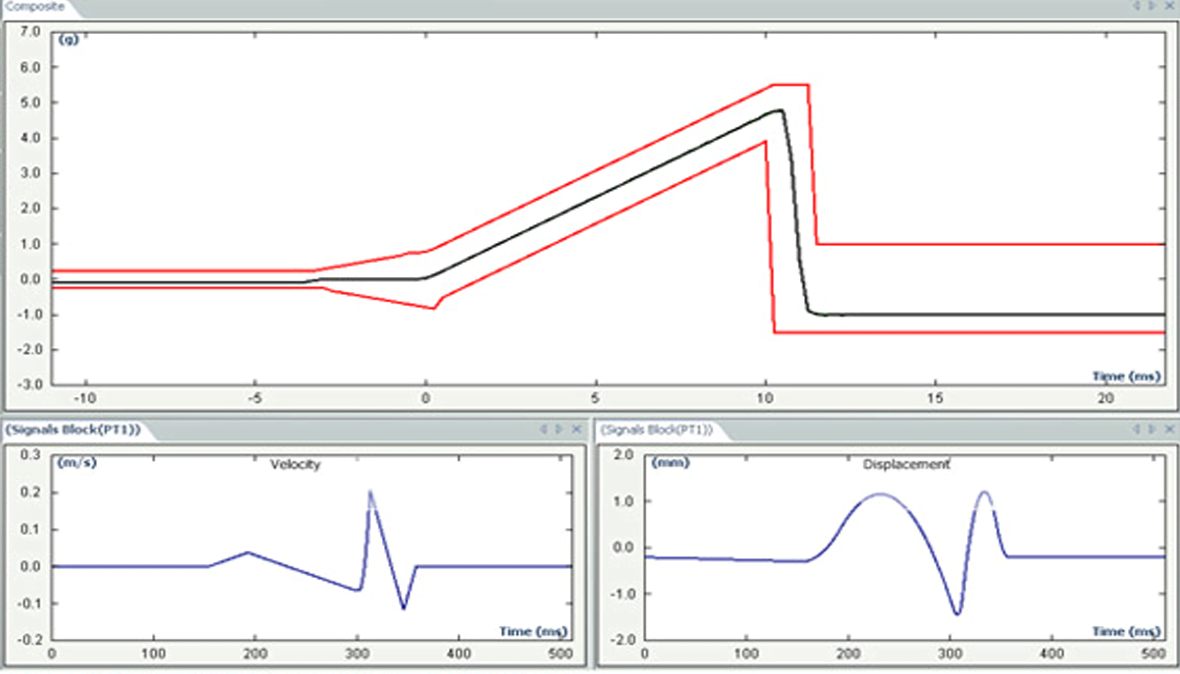Vibration Control Software
Classical Shock control
A controller feature within a vibration test system to produce shock pulse signals, such as half-sine, haversine, sawtooth and triangular.
問い合わせ・見積依頼Classical shock control creates a series of pulses to excite the device or structure under test, measures the structure’s response and performs a spectral analysis to determine its response and resonance characteristics. This type of testing profile offers higher accuracy and repeatability than regular drop-test methods.
USE SCENARIOS
- Shock testing to meet MIL-STD, DIN, ISO, IEC and other standards
- Shock response spectrum (SRS) computation on any input signals
- Shaker test replacement for drop testing
- Transient time history (TTH) control for low-frequency seismic testing, transportation handling and earthquake testing to Bellcore standards
CHARACTERISTICS
Configuring a profile waveform for any given test is easily done by selecting a pulse from a standard library of classical waveforms. The user then enters the values for the pulse’s peak acceleration amplitude and duration. As the pulse parameters change, the graphical representation of the profile should be automatically updated, as should the peak velocity and displacement values.
The test profile demands should be displayed together with the shaker’s limits. The user will often be warned if the test is within, say, 10 percent of these limits, and always, if they will be exceeded.
Key to high-precision classical shock control is a high sampling frequency, typically up to 48 k samples per second, for measuring the input waveforms. A linear filter design minimizes distortion and preserves the true waveform shape, while algorithms maximize use of the shaker’s full stroke. A low-pass filter is normally used, with a user-specified cut-off frequency that applies to the reference waveform, all input channels and the drive output.
For convenient pulse selection, the waveform library includes a range of pulses, typically: half-sine, haversine, initial and terminal-peak sawtooth, triangle, rectangle and trapezoid. A Constant Output Level Amplitude (COLA) output pulse is often available to synchronize external equipment.
TTH control is usually offered as an option to the standard classical shock feature. It allows the user to reproduce short-duration waveforms imported from disk files. Commonly supported file formats are ASCII-delimited format (tab, comma or space) using Y values or XY data pairs, ASCII UFF and binary.
Alternatively, pre-stored profiles for Bellcore Z1, Z2, Z3 and Z4; and sine, chirp and burst sine are often available. The waveform may be digitally resampled in terms of the samples per second and frame size. Profile compensation, such as DC offset removal and high pass filters, allow the waveform to be optimized for shaker testing.

